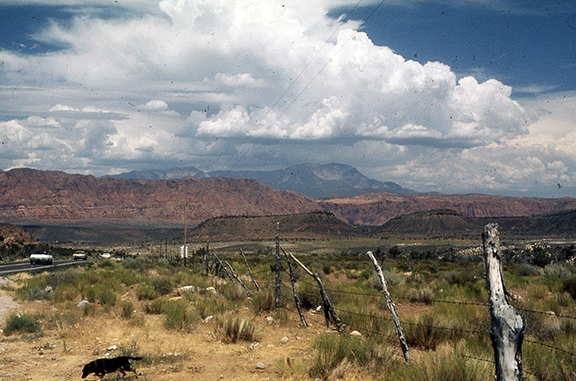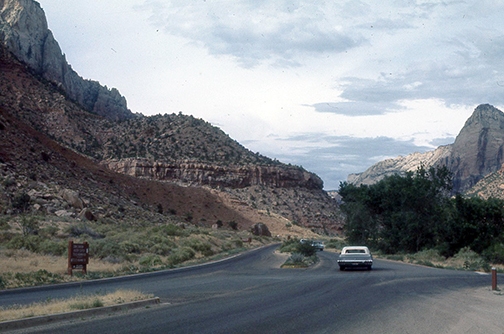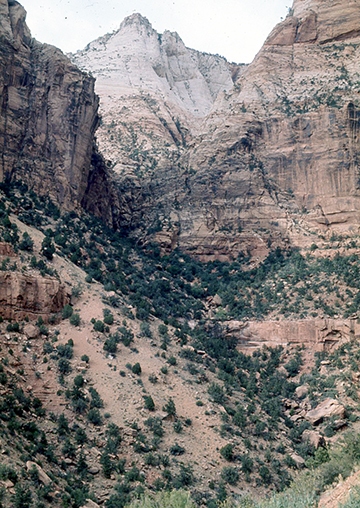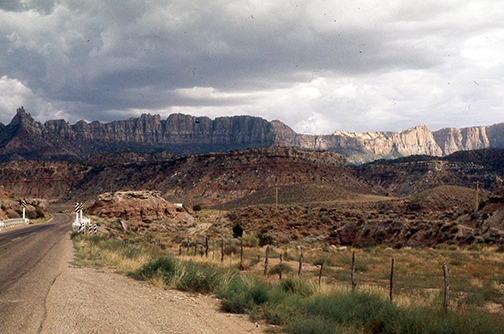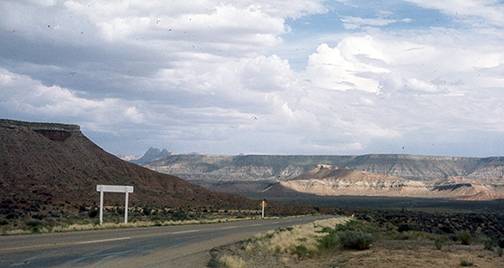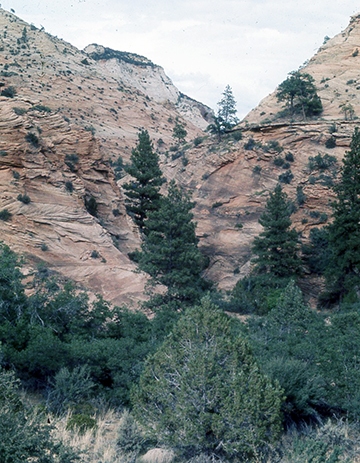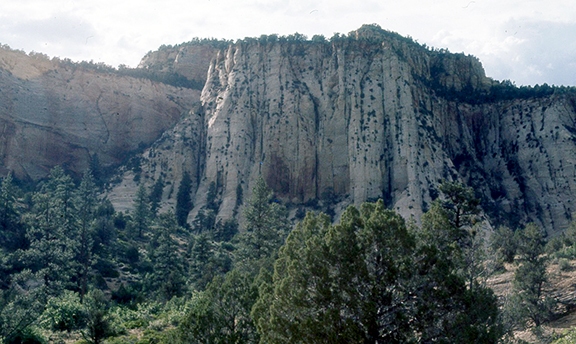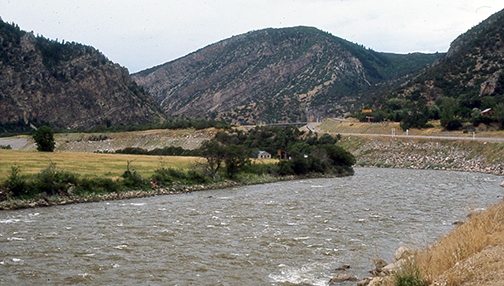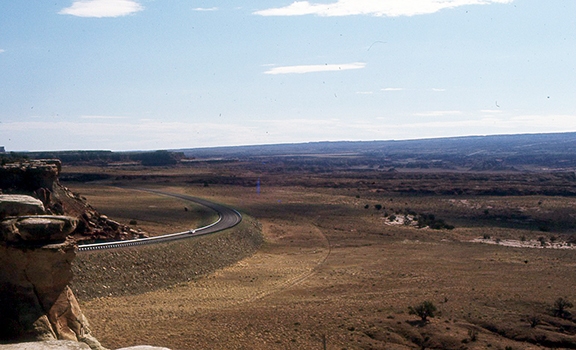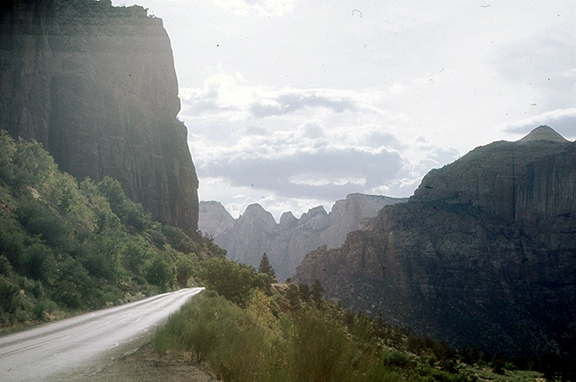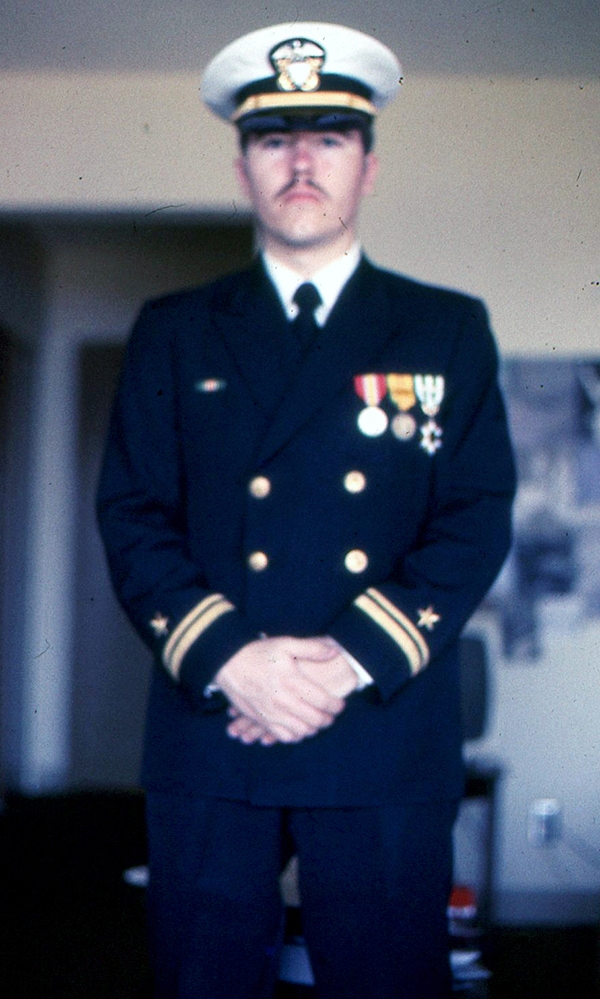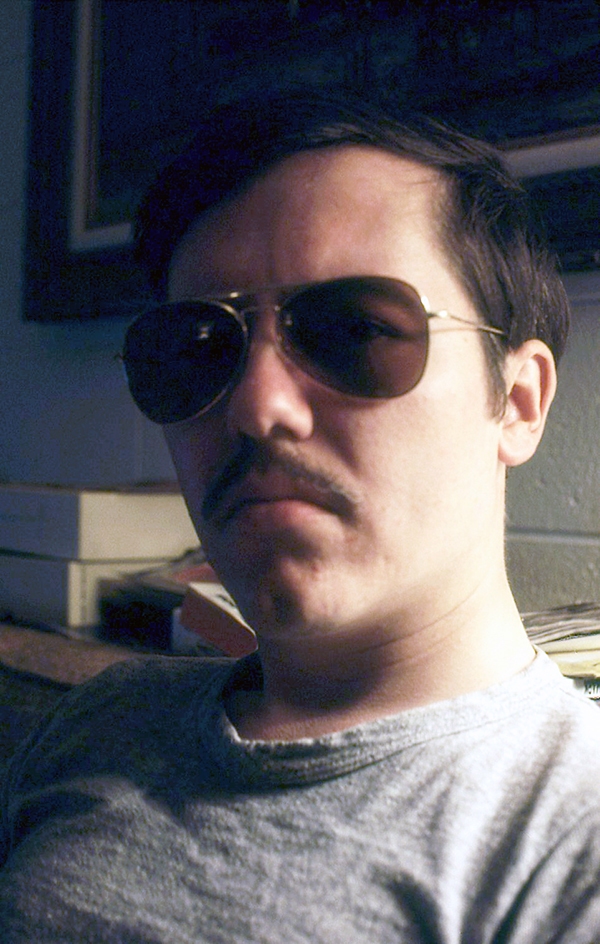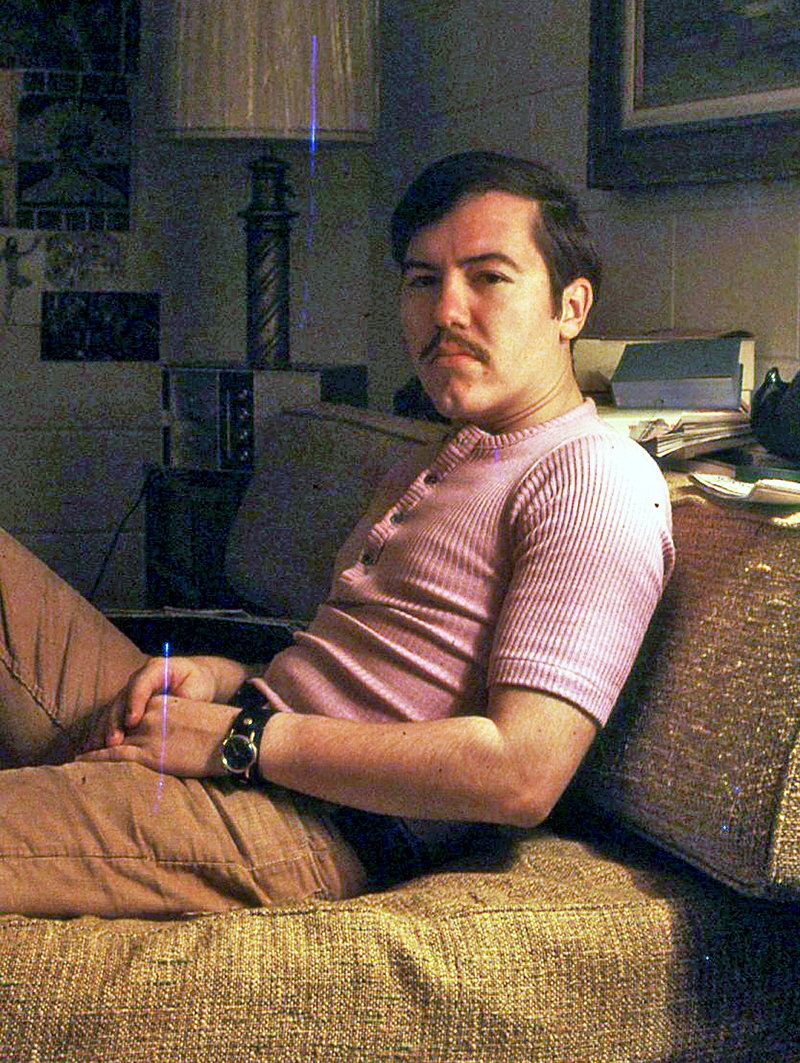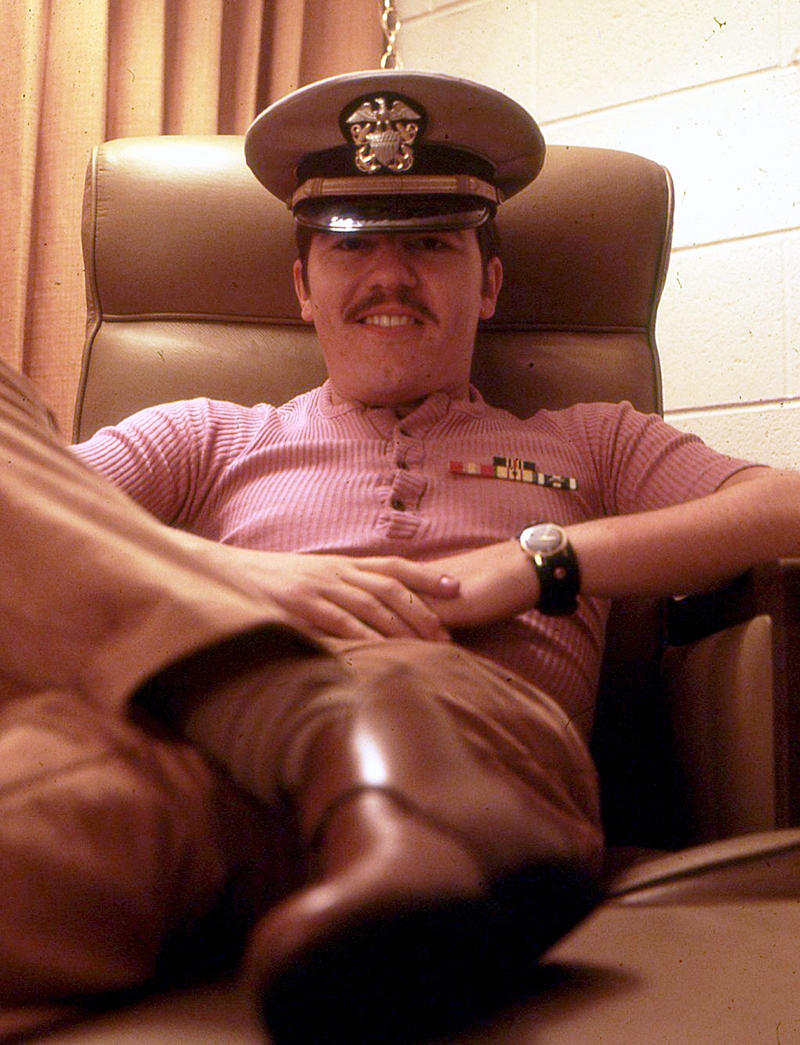This date in 1971 was, I believe, my last official day on active duty in the Navy. I had left Commander, Naval Special Warfare Group, Pacific back on July 24, but I’m pretty sure there was some travel time permitted.
My final active duty fitness report covered the period 1 March 1971 to 29 July 1971. It wasn’t issued, however, until October 1971, the next normal reporting period. I expect I received it while I was in grad school. After my less-than-stellar initial fitness report, this report continued the upward trajectory started by my second FITREP from the command.
These were the comments:
“LTJG MCDONALD has developed into a professional, competent Intelligence Officer. His contribution to the staff and many planning functions was excellent. He became a dedicated, sincere, thoughtful naval officer. His knowledge in the intelligence field expanded quickly through effort and study. His weekly intelligence briefs were extremely effective. His contribution for the intelligence play of Special Warfare exercises was truly outstanding.”
The evaluation of my overall performance of duties was the highest available and the overall evaluation of me as an officer was “One of the top few.”
Among the 16 personal characteristics evaluated, I was rated “one of the top few” in nine, “above the majority” in four, and “is not exceeded,” the top rating, in three. Those three were “imagination,” “loyalty,” and “moral courage.” I remember, still, having a catch in my throat when I first saw the rating for moral courage. That characteristic had been the lowest rated in my initial fitness report. God love CDR William Robinson, who wrote up this report.
At home in Springfield, Mass., I was basically hanging out. I made quite a few visits to Boston to see old friends. I started my transition to semi-hippie, letting my hair and mustache grow. And I got ready to attend Columbia University Graduate School of Journalism. But that’s another story.
A reminder: While my active duty had ended, my time in the Navy was simply on break. I kept the Navy informed of each of my changes in residence and submitted my annual Officer Qualification Questionnaire on time each year. I was even promoted to Lieutenant, and happily accepted.
Sometime in 1979, eight-plus years after leaving active duty, the Navy finally called my bluff. They sent me a letter saying this was not the way it was supposed to work. I should have either affiliated with a reserve unit to fulfill my initial obligation or resigned my commission.
I had recently married and realized the Naval Reserve might be a good part-time job to boost my income. I learned that Naval Reserve Intelligence Program units drilled at Naval Air Station, South Weymouth, not far from my home in Franklin. I remember visiting the Reserve Liaison Officer to get info about signing up. He handed me the application and pointed out the question, “Have you ever experimented with marijuana?” “You answer ‘No,'” he instructed me.
Long story short, I spent 17 years or so in the Naval Reserves. I was promoted to Lieutenant Commander and then Commander. I was Executive Officer in several different units, including a Naval Criminal Investigative Service unit. My broken service years bit me in the butt, however. If I was not promoted to Captain before 26 years after I was commissioned, February 1995, I would be forced to leave.
The Naval Institute, I believe, offered a service record review to help someone get a sense of whether they would be promoted. I requested one and the answer was not likely. In another case of something coming back to bite me, the officer who did the review referred to my first FITREP from Commander, Naval Special Warfare Group, Pacific. Karma, baby.
I was able to serve for 20 “good years” by completing several correspondence courses. They gave me enough “retirement points” to have that year 20 qualify. My record says I served for 20 years, zero months, zero days. Can’t cut it closer than that.
Here’s a couple of photos that serve as bookends of my time in the Navy. One was taken at Officer Candidate School (1968), the other was my official “executive officer” portrait (early 1990s).
The Ensign-to-be in that top photo never expected to be the Commander in the other one. That’s one of the things that makes life interesting.
FYI There may be additional posts in this blog. I plan to continue to contact people and find out what they were doing 50 years ago. And I continue to find things at home, though the upheaval of COVID-19 on schedules, lives, emotions, etc., has dulled the quest. The interest, and I, will return.




